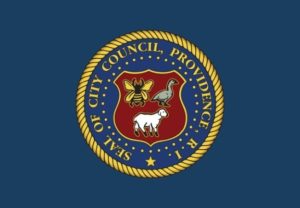Extreme drought recently uncovered hidden Utah history in the form of a ghost town in Summit County.
The foundations of the ghost town, Rockport, are now above water as the Rockport Reservoir reaches its lowest levels since being filled 64 years ago, according to the Salt Lake Tribune.
As of Sept. 1, it was at 29% capacity; it was at 82% capacity last year, according to the Utah Division of Water Resources. The drought in Utah has brought the ghost town back after years underwater.
“It’s kind of sad, because of the drought conditions, but it’s a cool little glimmer to look back and see what was there,” Utah Division of State Parks spokesman Devan Chavez told the Tribune. “It’s helping us remember a little bit of our history.”
Devon Dewey, a drone test pilot from Utah, visited the Rockport Reservoir for the first time and snagged photos and video of what is left of the ghost town. He heard the town had reemerged and knew old foundations of homes would be visible.
“It was really interesting to be standing at an overlook for the reservoir and to see faint traces of foundations of old homes and a road all below where the water would normally be,” Dewey told USA TODAY. “Using a drone helped to see where structures once stood so many decades ago.”
White settlers first came to the Rockford State Park area in 1860, according to the Utah Division of Parks and Recreation. The town was originally called Crandall, then was renamed Enoch City a year later. It wasn’t until after the Black Hawk War between the U.S. and Native Americans that it was called Rock Fort.
It was later renamed Rockport, and the area never had a population above 200 over the years, hitting a decline in the 1940s. Just 27 families were living in the area in the 1950s when the federal government bought the land to build the Wanship Dam, which is now Rockport Reservoir, the Parks and Recreation Division says.
The Bureau of Reclamation built the Wanship Dam between 1954 and 1957. The town of Rockport was then flooded and the reservoir was created. The lake is 62,100 acre-feet and the surface area is 1,080 acres.
Before the flooding, some buildings including the town co-op and the Rockport School House, built in 1870, were removed and taken to the Pioneer Village inside the Lagoon Amusement Park, where they can be seen today.
Despite the record-breaking lows in water level, the Rockport State Park remains open to visitors, but docks have been removed for the season.
About 2.8 million people in Utah are affected by the drought. More than 88% of the state is in the extreme-drought category, according to the state’s websites.




